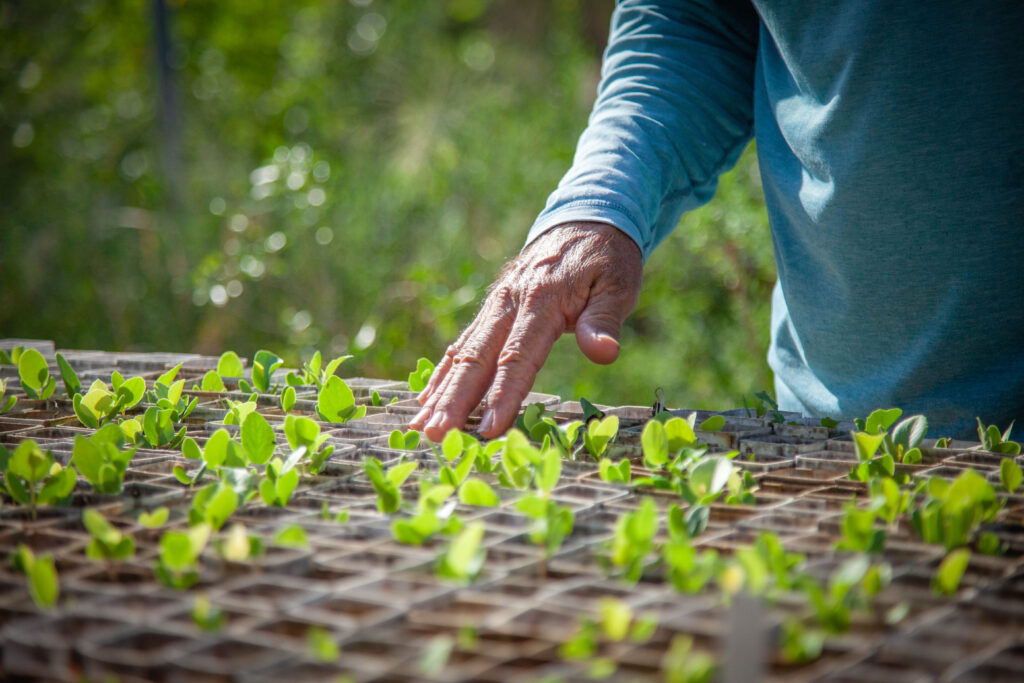Native thornforests are the cornerstone of our conservation work in the Rio Grande Valley of South Texas. Thornforests are among the most biodiverse landscapes in North America, providing habitat to 1,200 plant species, 519 bird species and 300 butterfly species, along with 45 threatened or endangered species, including the ocelot.
Less than 10% of thornforests remain. Historically, ranching and farming were the main drivers of thornforest loss. Now, development and climate change have become major threats. Restoring thornforests is not only crucial for wildlife, but also for the local ecotourism industry and regional water supplies. Thornforests require less water than irrigated farmland and they help mitigate flooding from the region’s increasingly extreme, erratic storms.
20 years and counting in thornforest conservation
Since 1999, American Forests has planted more than 2 million thornforest trees and other native plants across more than 4,000 acres of former agricultural land in the Rio Grande Valley. We plant according to our climate resilience strategy, a suite of forestry tactics that aim to foster thornforests that can withstand a hotter, drier future. We have also collaborated with partners throughout the region, establishing the Thornforest Conservation Partnership, climate-resilient thornforest restoration strategy and the Thornforest Conservation Plan.
We’re continuing to grow conservation efforts in the Rio Grande Valley with the help of our partners. In October 2023, American Forests was awarded a $10 million contract from the Department of Interior’s U.S. Fish and Wildlife Service to continue leading native thornforest conservation work over the next four years. American Forests will lead efforts to reforest approximately 800 acres of national wildlife refuge lands, work with partners to advance research on thornforest restoration, build community awareness of thornforests and support access to these ecosystems.



